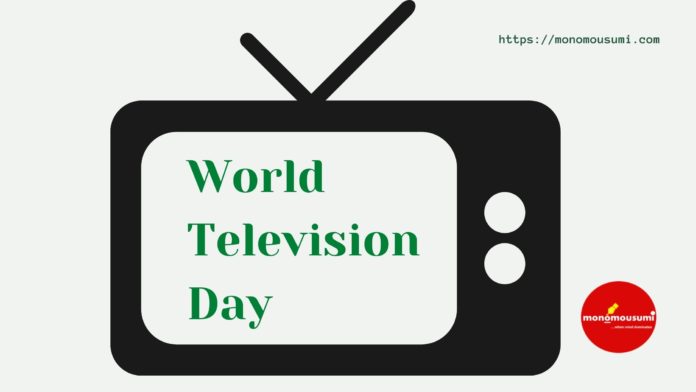During his teenage years American Charles Francis Jerkins, while working as a stenographer for the federal government in Washington DC in 1890 began to fancy himself as an inventor. He had also eventually succeeded becoming one and had invented a machine that could project small moving pictures on a wall or screen, which is now known as a projector in 1892. He had also invented several other products during his lifetime and had also patented them such as the first automobile with an engine, an early sight-seeing bus, an airplane brake and a bean-shelling machine. However, little did he know that the mechanical television or radio vision which he had invented and also had publicly displayed to the audience in the United States of America(USA) in 1923, would eventually go on to become on of the most important devices in the world today in the field of communication.
Today, television has grown and developed with the subsequent decades and is used for a wide variety of purposes such as education, information and entertainment. Television broadcasting is one of the largest industries in the USA and the aggregate revenue of the industry was $168.84 billion and according to Statista Data, an average American citizen spends more than four hours a day watching television. In addition to this, the U.S. Energy Information Administration revealed that the average American household had or used 2.3 televisions in 2015. The first live-television breaking news event of the collapse of a coal mine in Springhill in the USA was broadcast in 1958. Interestingly, it has also been found that the colour televisions also had an effect on the dreams of humans. People who had been used to watching black and white television were more likely to dream in black and white while people who watch colour television tend to dream in coloured backgrounds.
Besides this, the television has also the ability to educate and inform the people about a wide variety of news and affairs from various fields such as national security, national economy, international relations, sports and climate change. Television news channels also have the ability to shape the mindset of their audience and also influence their opinions about various issues. In addition to this, it has also been effectively used in the field of education to educate the public and the students and also to increase their awareness about various issues.
Various programmes have been launched in India which have harnessed the potential of this medium in the field of education. One of these programmes also included the Satellite Instructional Television Experiment(SITE) which was launched in 1975 and programmes such as the developmental education programmes for community viewing and also school programmes in the regional languages such as Hindi, Kannada and Oriya for the rural school-going children from the age group of 5-12 years to help them to understand the importance of science in their lives.
This programme was very successful and it proved that the television was both appreciated and accepted in the rural areas as an educational force. The United Nations(UN) too, 25 years ago, had organized the inaugural World Television Forum on the 20th and 21st December 1996 in which the leading media personalities around the world met and discussed the growing significance of television in this modern world and also deliberated on how they could enhance their mutual cooperation. Thus, the UN had decided to proclaim 21st December as the World Television Day.
By proclaiming and commemorating a day dedicated to it, the UN has also given television its due place in the world by recognizing it as a symbol and medium for communication and globalization in the world today. It has indeed bridged and minimized the gap between countries, cultures, civilization and ideas closer by broadcasting them through programmes. Thus, a Chinese person can travel to the Greece and learn about its heritage and culture through a history programme on the television and a person from a remote Indian village can learn more about China, Communism and Confucianism through a programme about the latter country on a channel such as the Discovery Channel.
The television, through commemorating the World Television Day every year, is also being recognized for its impact on the process of decision-making and it is also being recognized as a major tool in influencing and channelling the public opinion. This is especially evident in the sphere of politics and election campaigning. Nowadays the television channels are used as a medium to broadcast the election advertisements created by the various political parties who view the medium as a perfect place to reach millions of people and also to influence them. Television channels are also conducting exit polls after the elections to gauge the mood of the audience so as to gain further insights about their political affiliations and alignments. Thus, the medium of television is a very powerful tool which influences everything from our mind to our political opinions.
By Karuppiah Saravanapperumal, Karnataka
















